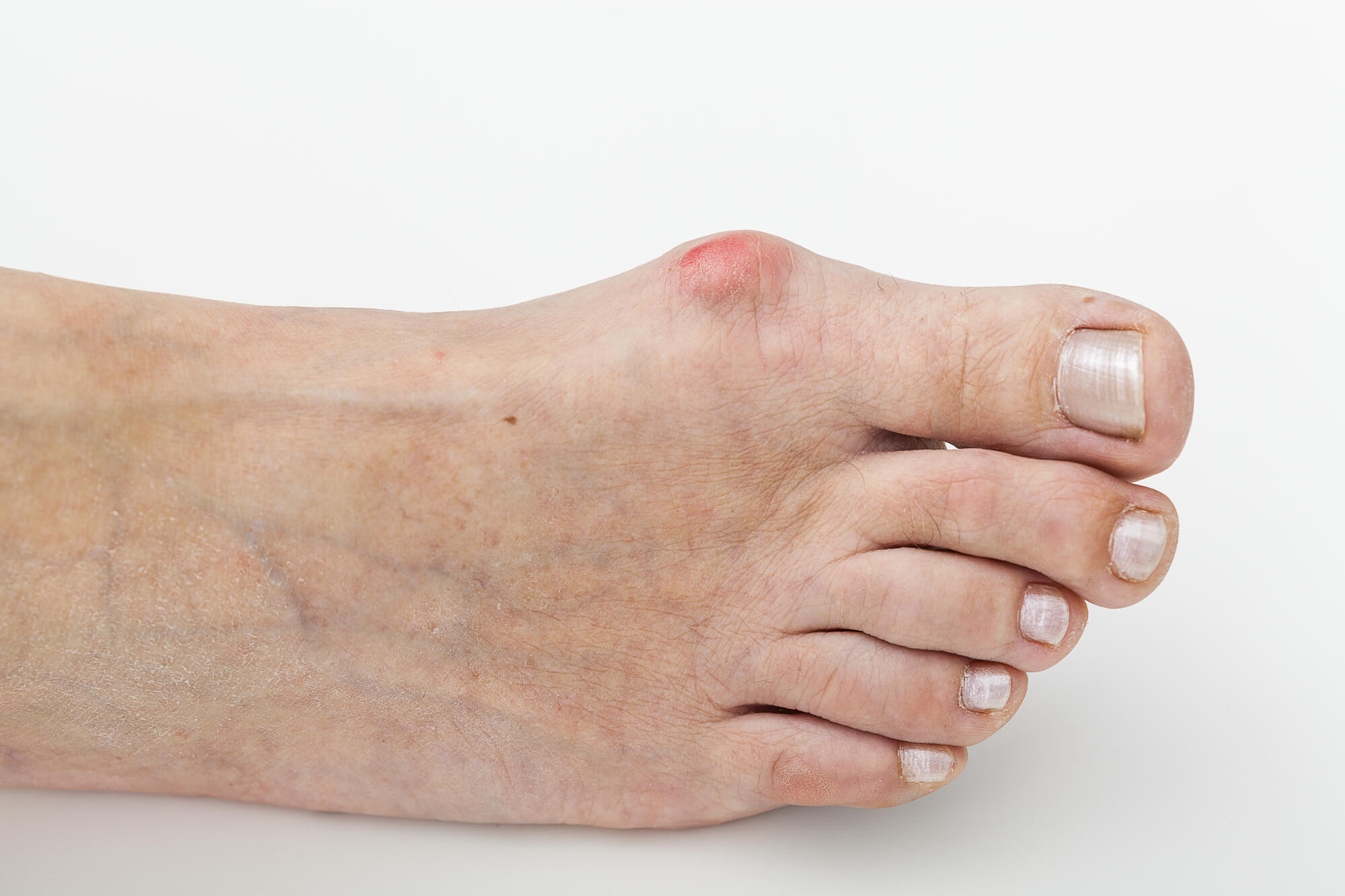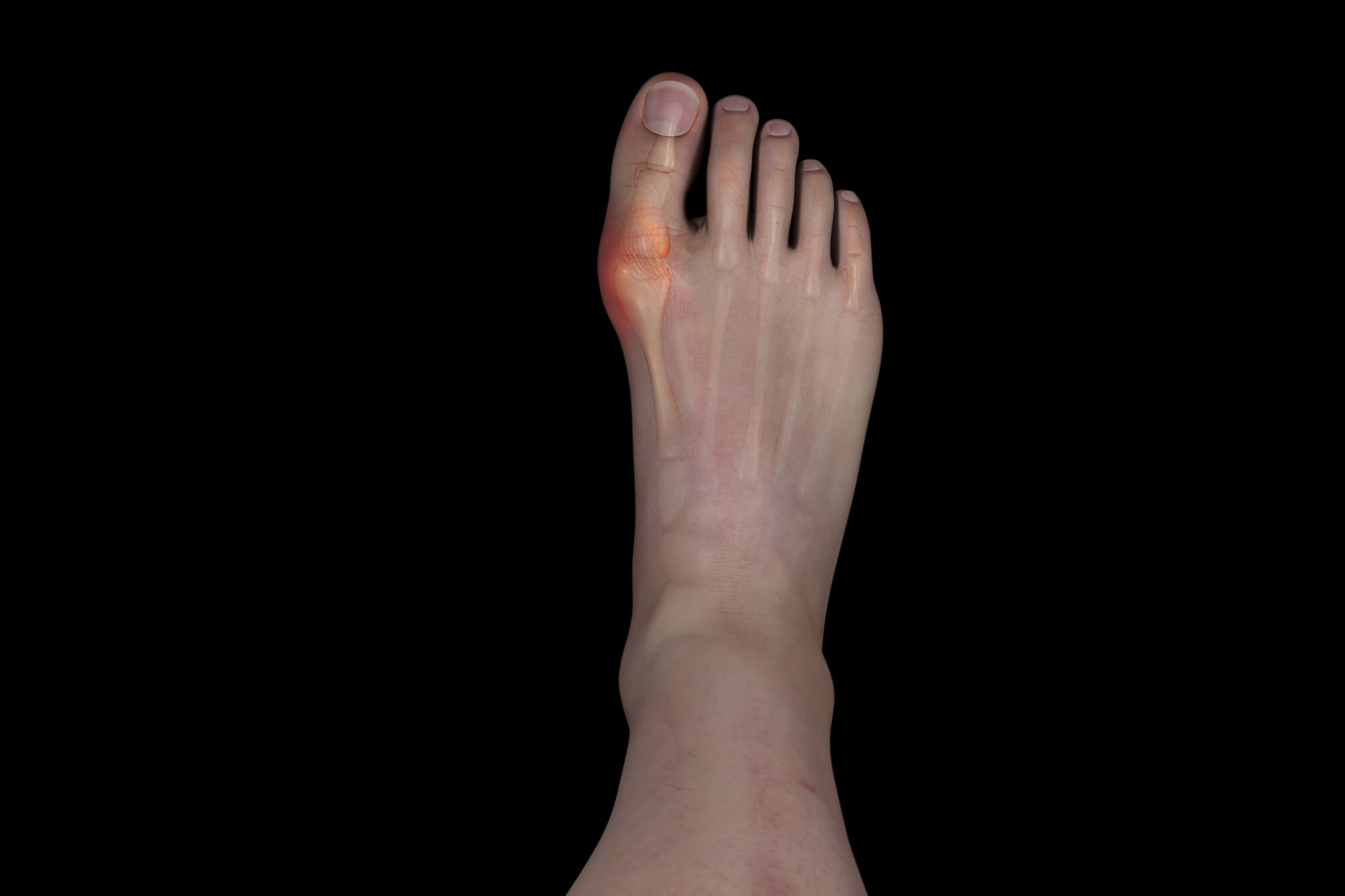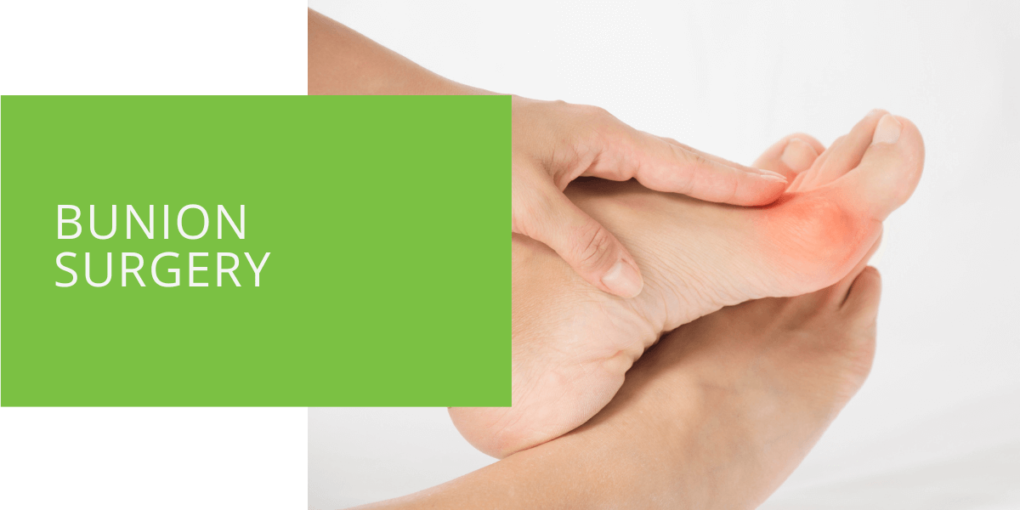Bunion Surgery
A bunion is a deformity that occurs when the big toe joint becomes misaligned. The misalignment causes the big toe to point towards the other toes, which can cause a bump to form on the side of the foot. Bunions can be a source of discomfort and can even make it difficult to walk or wear certain types of shoes. If you are experiencing discomfort or difficulty due to a bunion, you may be considering bunion surgery. This article will cover everything you need to know about bunion surgery, including the causes and symptoms of bunions, treatment options, the surgery process, and what to expect during recovery.
What is a Bunion?
Definition and Causes
A bunion, also known as hallux valgus, is a deformity that occurs when the big toe joint becomes misaligned. The misalignment causes the big toe to point towards the other toes, which can cause a bump to form on the side of the foot. Various factors, including genetics, foot structure, and certain types of shoes, can cause bunions. People with flat feet or high arches are more prone to developing bunions. Wearing tight or ill-fitting shoes can also contribute to the development of bunions.
Symptoms
The most common symptom of a bunion is a bump on the side of the foot. Other symptoms may include pain or discomfort when walking, difficulty finding shoes that fit properly, and swelling or redness around the big toe joint. If you are experiencing any of these symptoms, it is important to consult with a podiatrist or foot and ankle specialist.

Bunion Treatment Options
Non-Surgical Options
There are several non-surgical treatment options available for bunions. Your podiatrist may recommend one or more of the following options:
- Wearing comfortable shoes that have a wide toe box
- Using pads or inserts to help alleviate pressure on the bunion
- Taking over-the-counter pain medication to reduce discomfort
- Using ice packs to reduce swelling
Surgical Options
If non-surgical options are not effective in relieving bunion discomfort, your podiatrist may recommend bunion surgery. Bunion surgery, also known as bunionectomy, is a procedure to remove the bunion and realign the big toe joint. There are several different types of bunion surgery, and the type of surgery recommended will depend on the severity of the bunion and the specific needs of the patient.

Bunion Surgery: The Procedure
Types of Bunion Surgery
There are several different types of bunion surgery, including:
- Osteotomy: In this procedure, the surgeon will make an incision in the foot and realign the bones of the big toe joint.
- Arthrodesis: In this procedure, the surgeon will fuse the bones of the big toe joint to keep them in place.
- Exostectomy: In this procedure, the surgeon will remove the bump on the side of the foot.
Preparation for Surgery
Before bunion surgery, your surgeon will review your medical history and perform a physical examination of your foot. You may be required to undergo certain tests, such as X-rays, to determine the best course of treatment. Your surgeon will also discuss the specific details of the surgery with you, including the type of anesthesia that will be used and the expected recovery period.
The Surgery Process
Bunion surgery is typically performed on an outpatient basis, meaning you will be able to go home the same day as the procedure. The surgery typically takes a few hours to complete.
During the surgery, the surgeon will make an incision in the foot and carefully reposition the bones of the big toe joint. In some cases, the surgeon may need to remove the bunion or part of the bone to realign the joint properly. The incision will then be closed with sutures or staples, and the foot will be wrapped in a bandage.

Recovery and Aftercare
Recovery Time
The recovery period after bunion surgery varies from person to person, but most people can return to their daily activities within a few weeks. However, it is important to follow your surgeon's instructions for aftercare to ensure proper healing.
Physical Therapy
You may be required to undergo physical therapy to help improve mobility and strength in your foot and ankle. Your therapist will work with you to develop a customized treatment plan to help you regain the full function of your foot.
Preventing Future Bunions
After bunion surgery, it is important to take steps to prevent the recurrence of bunions. This may include wearing comfortable shoes that have a wide toe box, using orthotics to help maintain proper foot alignment, and avoiding tight or high-heeled shoes. Your surgeon may also recommend certain exercises to help prevent future bunions.
Conclusion
Bunion surgery can be an effective way to alleviate discomfort and improve the appearance of your feet. If you are experiencing bunion discomfort, it is important to consult with a podiatrist or foot and ankle specialist to determine the best course of treatment. With proper care and attention, you can enjoy relief from your bunion discomfort and get back to your daily activities.
FAQ
How long does it take to recover from foot bunion surgery?
The recovery period after bunion surgery varies from person to person, but most people can return to their daily activities within a few weeks. However, it is important to follow your surgeon's instructions for aftercare to ensure proper healing.
How painful is bunion surgery?
The amount of pain you experience after bunion surgery will depend on the specific type of surgery you have and your pain tolerance. Some people may experience minimal pain, while others may experience more discomfort. Your surgeon will prescribe pain medication to help manage any discomfort you may have after the procedure.
What is the best age for bunion surgery?
There is no specific age that is best for bunion surgery. The decision to have bunion surgery should be based on the severity of the bunion and the amount of discomfort it is causing. Some people may choose bunion surgery at a younger age to prevent further progression of the deformity, while others may choose to wait until they are older and the bunion is causing more discomfort.
Is it worth having a bunion operation?
Bunion surgery can be an effective way to alleviate discomfort and improve the appearance of your feet. If you are experiencing bunion discomfort impacting your daily life, it may be worth considering bunion surgery. However, the decision to have bunion surgery is ultimately personal and should be based on your circumstances and goals.
How long should you stay off your feet after bunion surgery?
The amount of time you need to stay off your feet after bunion surgery depends on the specific type of surgery you had and your healing process. Your surgeon will provide specific instructions for aftercare, including any weight-bearing restrictions. It is important to follow these instructions closely to ensure proper healing.

